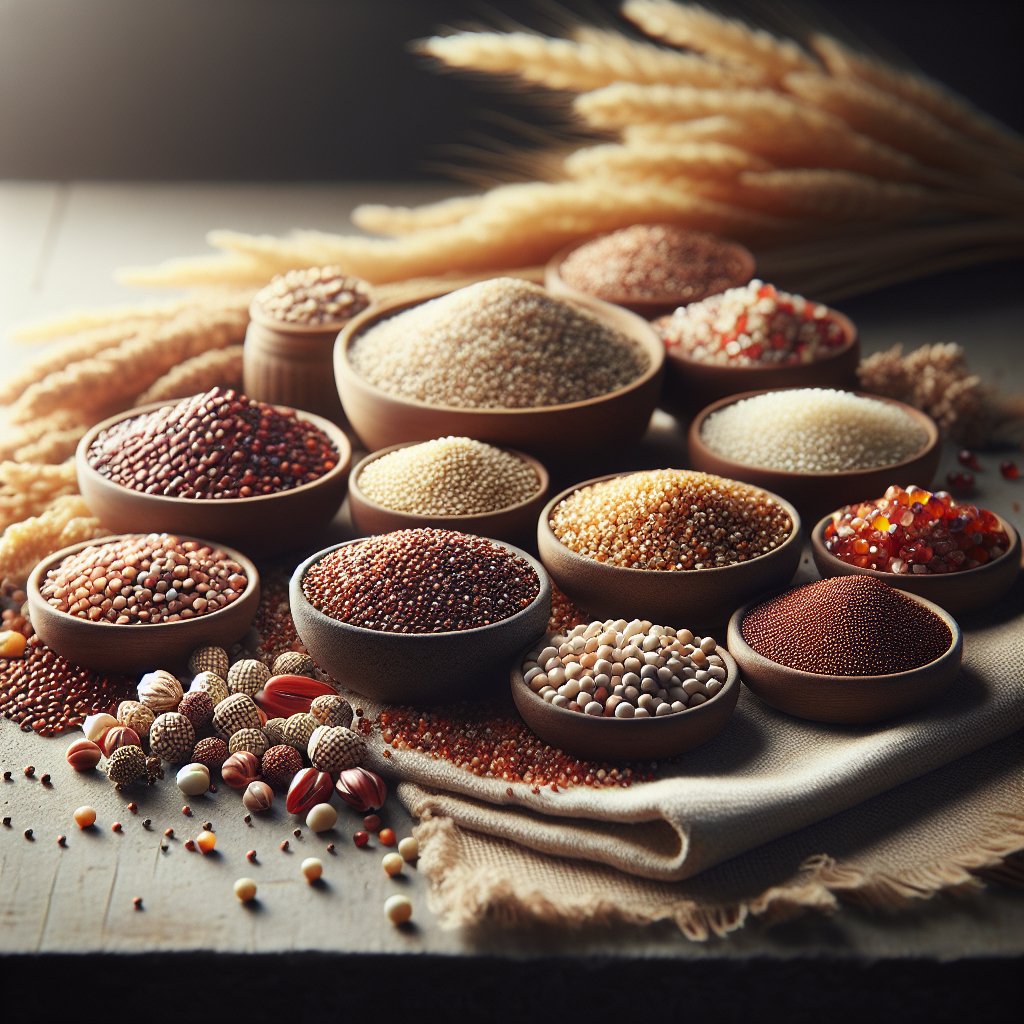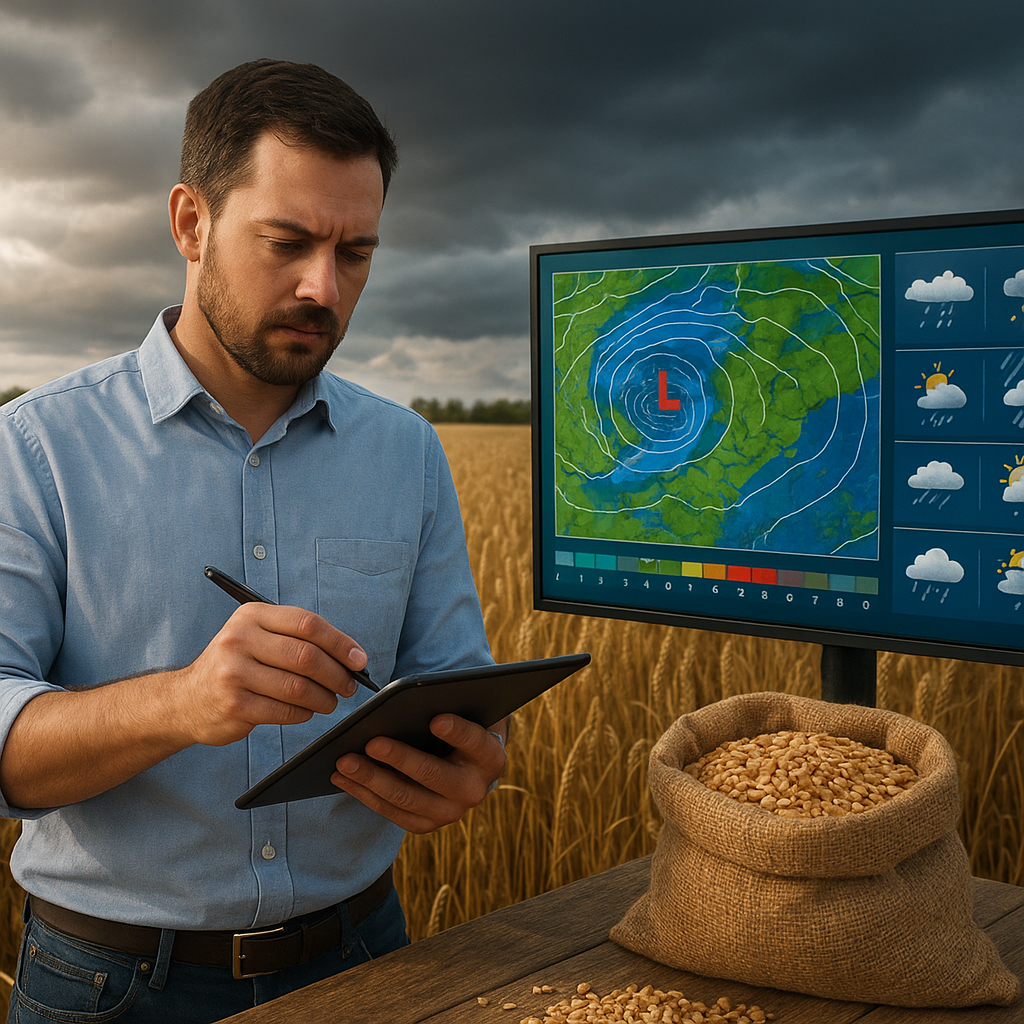The rise of specialty grains has transformed the landscape of agriculture and nutrition, introducing a variety of options that cater to health-conscious consumers and culinary enthusiasts alike. Among these grains, quinoa and amaranth have gained significant popularity due to their nutritional benefits and versatility in cooking. This article explores the emergence of specialty grains, their health benefits, and their impact on global food systems.
The Emergence of Specialty Grains
Specialty grains have been cultivated for centuries, often in specific regions where they hold cultural significance. However, their rise to prominence in the global market is a relatively recent phenomenon. Factors contributing to this trend include increased awareness of health and nutrition, the rise of gluten-free diets, and a growing interest in sustainable agriculture.
Quinoa, native to the Andean region of South America, has become a poster child for specialty grains. Once a staple food for the indigenous people of the Andes, quinoa has gained international acclaim for its high protein content and essential amino acids. Similarly, amaranth, another ancient grain, has been recognized for its nutritional profile, including high levels of fiber, vitamins, and minerals.
Health Benefits of Specialty Grains
One of the primary reasons for the increasing popularity of specialty grains is their impressive health benefits. Unlike traditional grains such as wheat and rice, many specialty grains are gluten-free, making them suitable for individuals with celiac disease or gluten intolerance. Additionally, these grains often contain higher levels of protein, fiber, and essential nutrients.
- Quinoa: Known as a complete protein, quinoa contains all nine essential amino acids, making it an excellent choice for vegetarians and vegans. It is also rich in antioxidants, vitamins B and E, and minerals such as magnesium and iron.
- Amaranth: This grain is particularly high in lysine, an amino acid that is often lacking in other grains. Amaranth is also a good source of calcium, iron, and magnesium, contributing to overall bone health.
- Farro: An ancient wheat grain, farro is packed with fiber, protein, and nutrients. It has a nutty flavor and chewy texture, making it a popular choice in salads and grain bowls.
- Teff: A tiny grain native to Ethiopia, teff is rich in protein, fiber, and calcium. It is the main ingredient in injera, a traditional Ethiopian flatbread, and is gaining popularity in other cuisines.
Incorporating these specialty grains into one’s diet can lead to improved digestive health, better blood sugar control, and enhanced satiety, which can aid in weight management. Furthermore, the diverse flavors and textures of these grains allow for creative culinary applications, making them appealing to a wide range of consumers.
The Impact on Global Food Systems
The rise of specialty grains has not only influenced individual dietary choices but has also had a significant impact on global food systems. As demand for these grains increases, farmers are adapting their practices to cultivate them, leading to shifts in agricultural production and trade.
In many regions, the cultivation of specialty grains is seen as a sustainable alternative to traditional crops. These grains often require fewer resources, such as water and fertilizers, and can thrive in diverse climates. For instance, quinoa is known for its resilience in harsh conditions, making it an ideal crop for areas affected by climate change.
Economic Opportunities for Farmers
The growing market for specialty grains presents economic opportunities for farmers, particularly in developing countries. By diversifying their crops and incorporating specialty grains into their production, farmers can access new markets and increase their income. This shift can also contribute to food security by providing alternative sources of nutrition.
- Export Potential: Countries that produce specialty grains, such as Bolivia and Peru for quinoa, have seen an increase in exports, boosting their economies. As global demand continues to rise, these nations can capitalize on their unique agricultural products.
- Local Consumption: In addition to exporting, there is a growing trend of promoting local consumption of specialty grains. Farmers’ markets and community-supported agriculture (CSA) programs are increasingly featuring these grains, connecting consumers directly with producers.
However, the rise of specialty grains is not without challenges. Issues such as price volatility, market access, and the potential for overexploitation of certain crops can pose risks to both farmers and consumers. It is essential to approach the cultivation and consumption of specialty grains with a focus on sustainability and ethical practices.
Conclusion
The rise of specialty grains like quinoa, amaranth, and others represents a significant shift in the way we think about food and nutrition. These grains offer numerous health benefits, cater to diverse dietary needs, and provide economic opportunities for farmers worldwide. As consumers continue to seek out nutritious and sustainable food options, the demand for specialty grains is likely to grow, shaping the future of our global food systems.
In conclusion, embracing specialty grains not only enhances our diets but also supports sustainable agricultural practices and economic development. By understanding and appreciating the value of these ancient grains, we can contribute to a healthier planet and a more equitable food system.













